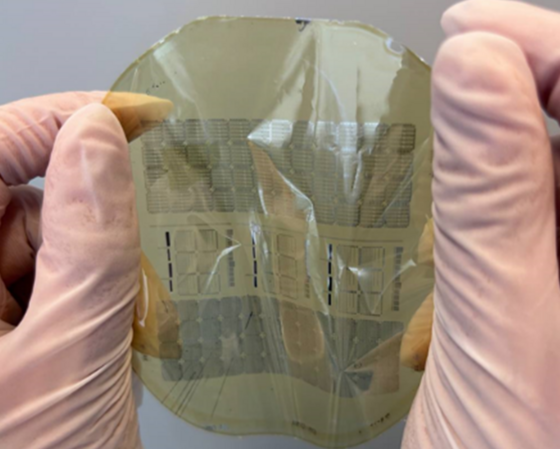Chair of Smart Sensor Systems

The research activities within Prof. Daniel Neumaier's group are centered on the development of electronic and photonic sensor components. Their innovative approach capitalizes on the unique properties of two-dimensional materials, particularly graphene and MoS2. These materials serve as the foundation for a wide array of applications and have garnered considerable attention within the scientific community.
One prominent area of focus lies in the realm of mechanically flexible devices. Two-dimensional materials, known for their remarkable bendability and high electron mobility, open up exciting possibilities. This inherent flexibility enables the creation of terahertz (THz) devices on flexible substrates, which find essential utility in medical contexts such as the development of smart plasters or stickers for remote body motion tracking.
Within these research activities, a diverse set of tasks encompasses the design and fabrication of groundbreaking device concepts. Examples include graphene-insulator-metal diodes, designed with the capability to function seamlessly at THz frequencies. These pioneering components hold significant promise for a wide range of applications, making them a central focus of exploration within the group.
Publications
- “Terahertz Rectennas on Flexible Substrates Based on One-Dimensional Metal–Insulator–Graphene Diodes”
A Hemmetter, X Yang, Z Wang, M Otto, B Uzlu, M Andree, U Pfeiffer, ..., D Neumaier
ACS Applied Electronic Materials 3 (9), 3747-3753 - “Potential of transition metal dichalcogenide transistors for flexible electronics applications”
A Piacentini, A Daus, Z Wang, MC Lemme, D Neumaier
Advanced Electronic Materials 9 (8), 2300181 - “Integrating Graphene into Semiconductor Fabrication Lines.”
Daniel Neumaier, Stephan Pindl and Max C. Lemme
Nature Materials 18, 525 (2019).
